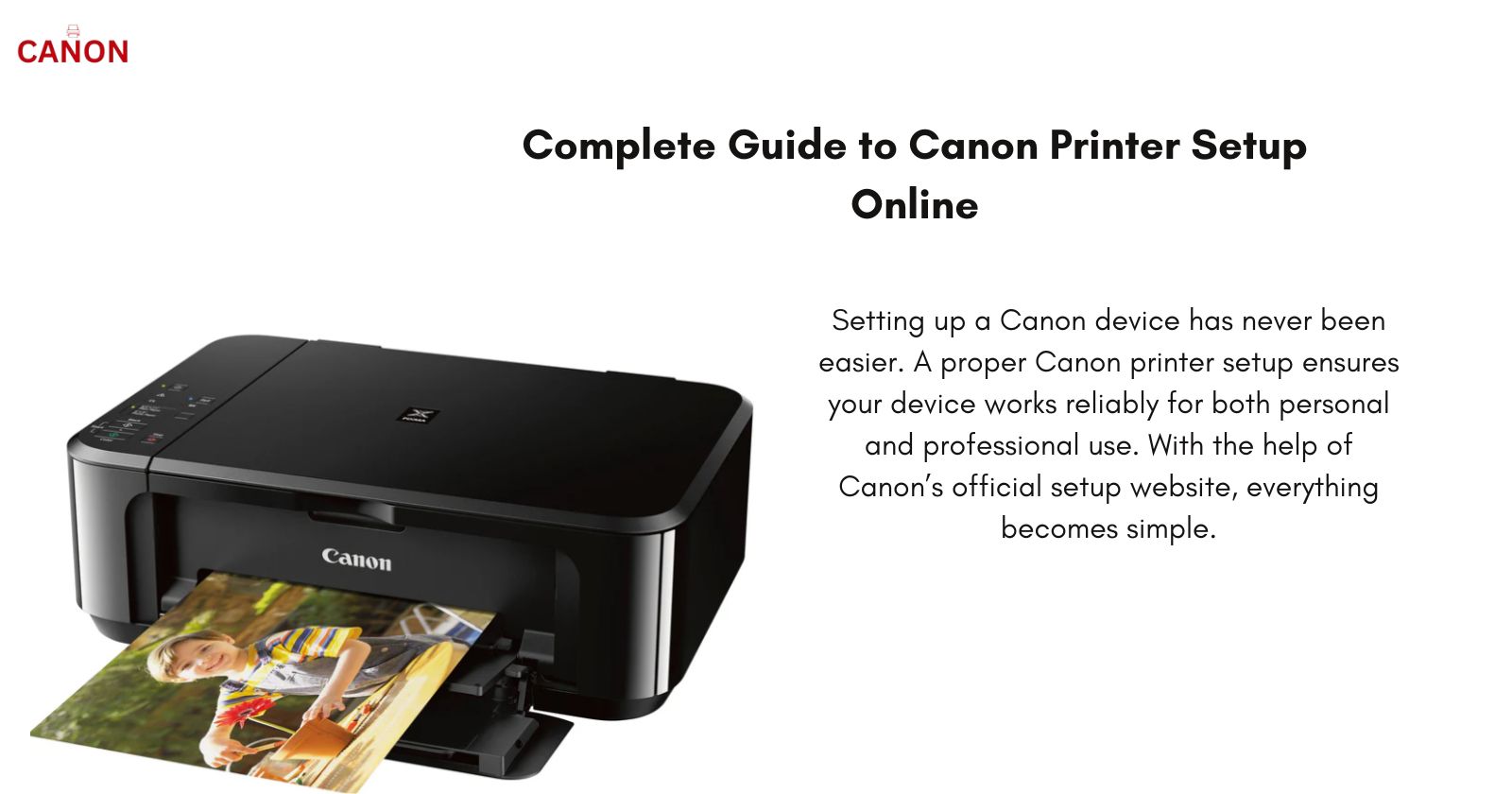Top Challenges in Medical Credentialing and How to Overcome Them
For medical professionals and practice owners, credentialing is more than just an administrative formality—it’s the foundation of building trust with patients, payers, and regulatory bodies. Medical credentialing verifies a provider’s qualifications, experience, and professional standing to ensure that they meet the highest standards of patient care. While essential, the process can often be complex and time-consuming. Let’s look at the top challenges in credentialing and how to overcome them effectively.
1. Lengthy and Complicated Processes
One of the most common challenges is the sheer length of time it takes for credentialing to be completed. From gathering documents to verifying information with multiple institutions, the process can extend for months. This not only delays a provider’s ability to see patients but also affects a practice’s revenue flow.
Solution: Start early and maintain a checklist of all required documents—licenses, certifications, malpractice insurance, and references. Leveraging medical credentialing services can also streamline the process by ensuring paperwork is accurate and submitted promptly.
2. Frequent Changes in Payer Requirements
Insurance companies often update their credentialing requirements, which can lead to confusion and resubmissions. Missing even a minor update can cause delays or denials.
Solution: Assign a team member to stay updated on payer requirements or work with experienced credentialing professionals who track these changes. Partnering with credentialing companies in Texas, for example, can provide localized expertise that helps practices stay compliant with regional payer policies.
3. Incomplete or Inaccurate Documentation
Errors in documentation—whether missing signatures, expired licenses, or outdated forms—are one of the biggest reasons for delays. Even small mistakes can result in applications being returned or denied.
Solution: Conduct internal audits before submitting documents. Implement digital tools that set reminders for license renewals and track documentation status. Many practices benefit from outsourcing credentialing to avoid costly errors.
4. Communication Gaps with Providers and Institutions
Credentialing involves multiple stakeholders, including hospitals, educational institutions, and insurance companies. Delays often occur when communication breaks down between these parties.
Solution: Designate a single point of contact to coordinate the process and follow up regularly. Using centralized credentialing software can also help ensure that communication logs, updates, and reminders are tracked in one place.
5. Maintaining Ongoing Compliance
Credentialing is not a one-time task; it requires continuous monitoring to ensure providers remain compliant with regulations and payer contracts. Failure to re-credential on time can lead to claim denials or even suspension of practice privileges.
Solution: Set up a credentialing calendar that alerts your team to renewal dates well in advance. Consider investing in long-term credentialing support services to ensure ongoing compliance.
Final Thoughts
Medical credentialing may feel like a daunting process, but with proper planning, technology, and expert support, it doesn’t have to overwhelm your practice. By addressing common challenges—such as documentation errors, payer requirement changes, and ongoing compliance—medical professionals can ensure smooth operations and uninterrupted patient care. Whether handled in-house or with the help of trusted credentialing experts, a streamlined credentialing process is key to both compliance and growth.






Comments (0)
Login to post a comment.